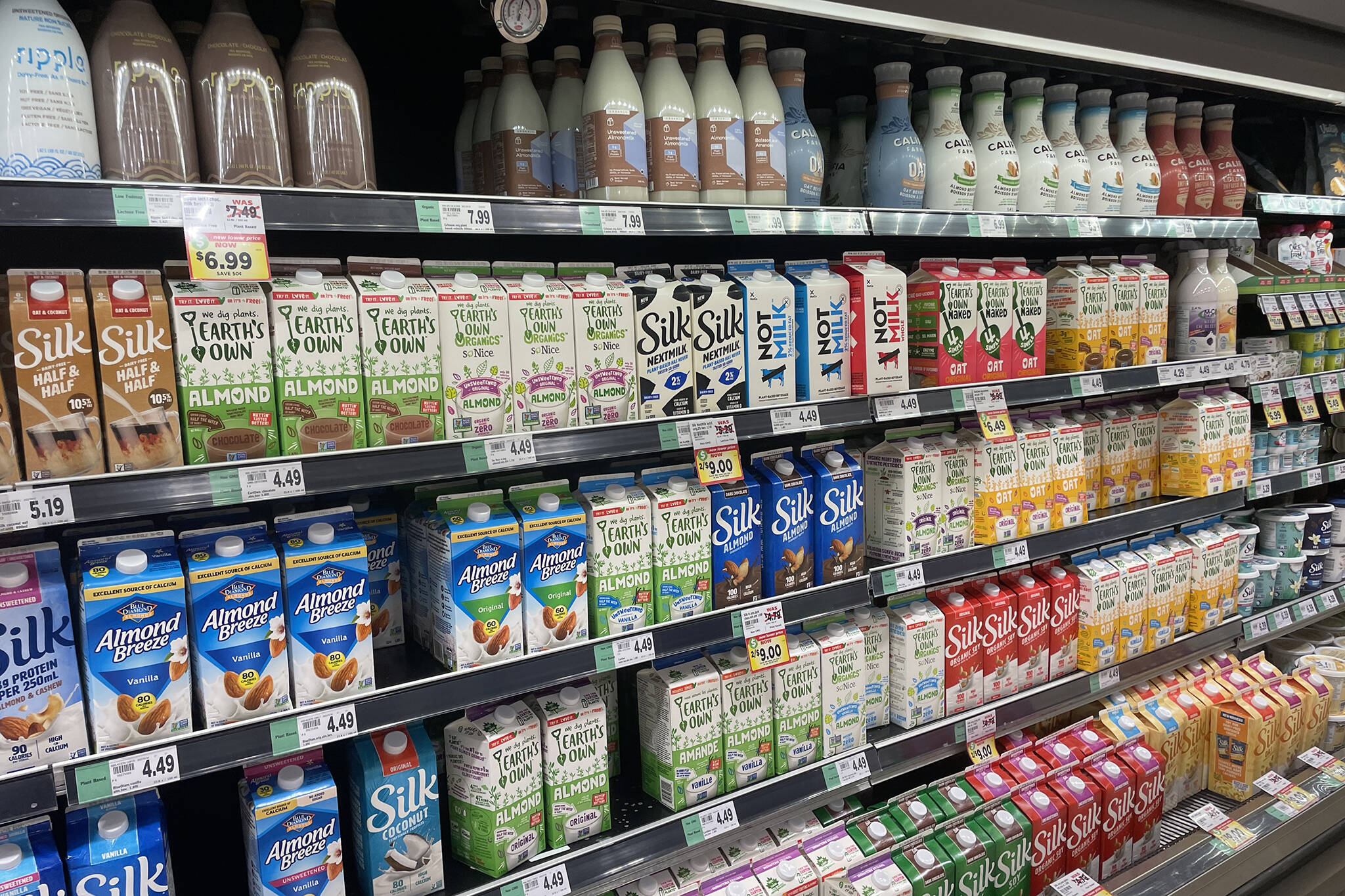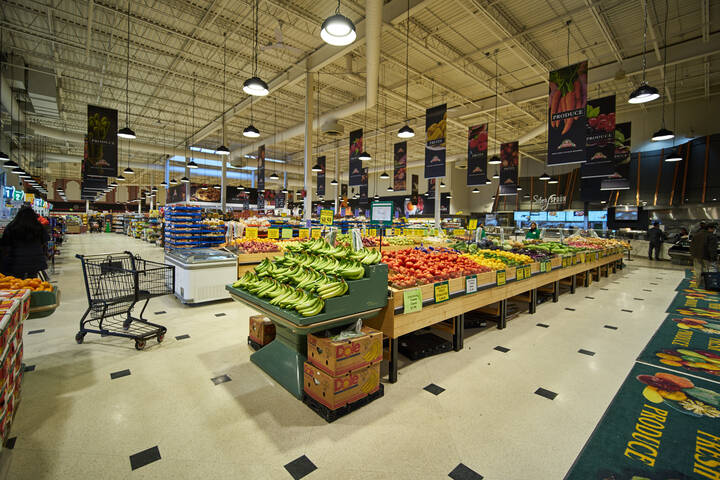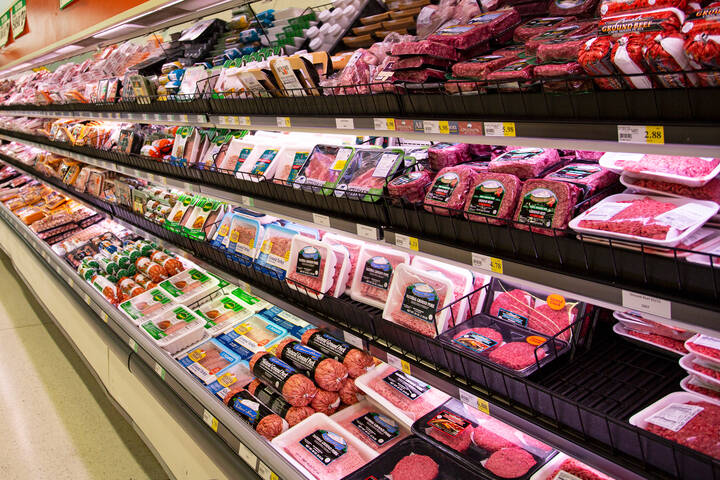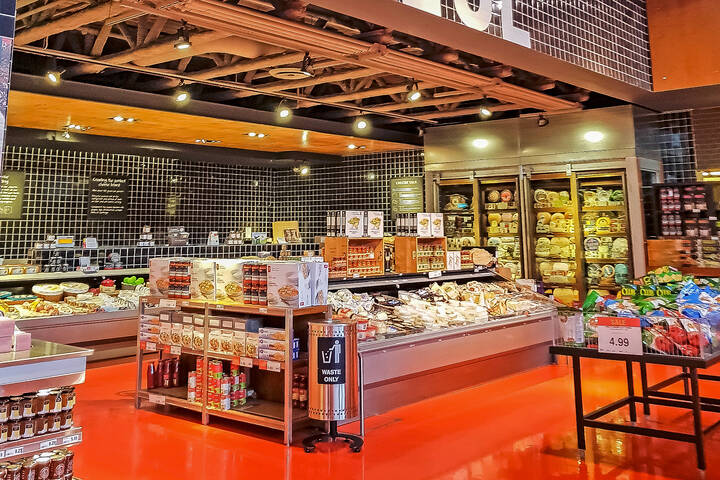
Groceries are getting even more expensive in Canada as food inflation hits 41-year high
It's not just you, friend; Those pears? That bread? Anything from the ever-expanding array of milk and dairy-alternative products available at your local grocery store? You're definitely paying more for it than you did last year at this time.
In fact, new data released by Statistics Canada on Tuesday reveals that prices for "food purchased from stores" are now rising at the fastest pace we've seen since 1981, spiking 10.8 per cent year-over-year in August of 2022.
Specific rates of appreciation for certain product categories are even higher, equating to as much as an entire dollar's difference between a bottle of ketchup at Loblaw's right now ($5.49) and the same bottle last year, before "condiments, spices and vinegars" spiked by 17.2 per cent.
"Prices for food purchased from stores continued to increase in August (+10.8 per cent), rising at the fastest pace since 1981 (+11.9 per cent)," reads StatCan's newly-released Consumer Price Index (CPI) report.
"The supply of food continued to be impacted by multiple factors, including extreme weather, higher input costs, Russia's invasion of Ukraine and supply chain disruptions."
The government agency notes that food price growth remained "broad-based" across Canada, with some food types showing stronger increase rates than others.
Year-over-year, consumers were paying 6.5 per cent more for meat last month, as well as 7.0 per cent more for dairy products, 13.2 per cent more for fresh fruit, 11.3 per cent more for candy and 8.7 per cent more for seafood.
After condiments, the categories with the fastest rising prices were non-alcoholic beverages (14.1 per cent) and bakery (15.4 per cent).
August #inflation rate at 7% https://t.co/5DI6wtKXCY via @StatCan_eng mostly because of lower gasoline prices
— J.P. Gervais (@jpgervais) September 20, 2022
Note that food inflation near 10% isn't showing signs of slowing down pic.twitter.com/bwEotmWz1V
It's not all bad news for Canadian wallets, however, as the rate of inflation seems to be slowing down overall (thanks in large part to falling gas prices), despite increasing food prices.
"In August, the Consumer Price Index (CPI) rose 7.0 per cent on a year-over-year basis, down from a 7.6 per cent gain in July. This was the second consecutive slowdown in the year-over-year price growth and was largely driven by lower gasoline prices in August compared with July," reads the StatCan report.
"On a monthly basis, the CPI fell 0.3 per cent in August, the largest monthly decline since the early months of the COVID-19 pandemic. On a seasonally adjusted monthly basis, the CPI was up 0.1 per cent, the smallest gain since December 2020."
While the rate of price acceleration may be slowing down, it doesn't mean that prices are falling, or even that they've stopped going up; transportation costs were up 10.3 per cent, year-over-year, in August of 2022, while housing costs were up 6.6 per cent.
Statistics Canada also points out that average hourly wages rose 5.4 per cent over the same period of time — not enough to offset rising costs anywhere, but enough to make for a smaller gap than what was observed in July of 2022.
Interestingly enough, prices for household appliances were up only 9 per cent last month, compared to July's increase of 11.5 per cent.
StatCan pegs this on "reduced consumer demand" for items like refrigerators (up only 12 per cent in price since last August), dishwashers (9.3 per cent) and cooking appliances (7.9 per cent).
Who needs a fridge when it's cheaper to order in every night than to get groceries, right?
Lauren O'Neil
Latest Videos
Latest Videos
Join the conversation Load comments







